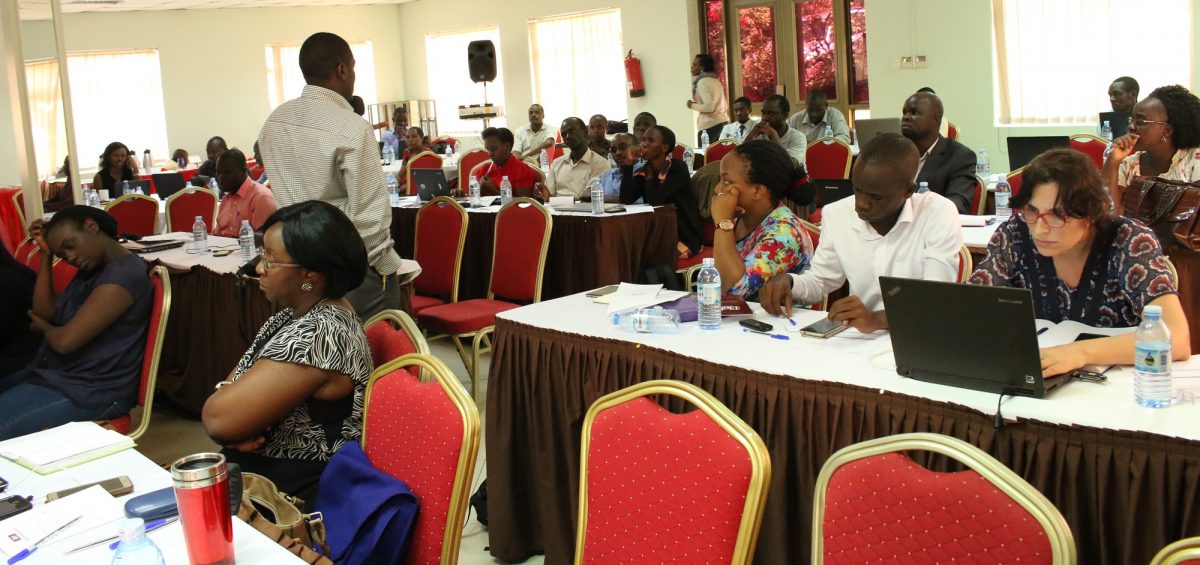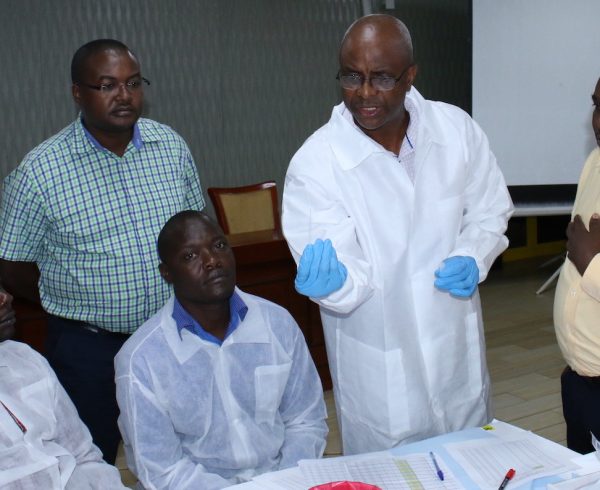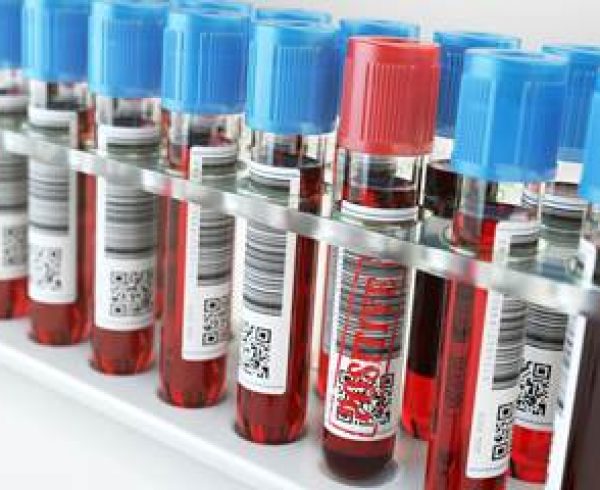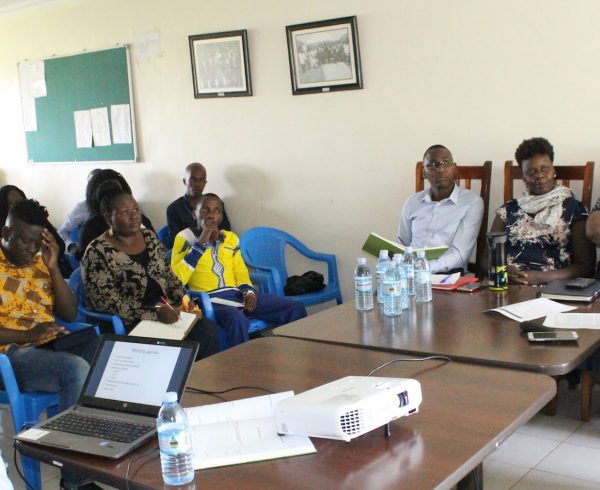Efforts towards disease control of HIV/AIDS estimate that by 2030, the epidemic will have been curbed. The 90-90-90 Strategy was adopted, and it estimated that by 2020, 90% of all People living with HIV will know their status; 90% of all people diagnosed with HIV will be receiving sustained Antiretroviral Therapy (ART) and 90% of all people on ART will have achieved viral suppression.
As a way of contributing achieving set target under the ‘Third’ 90, the Ministry of Health adopted Viral Load (VL) testing as the preferred approach under ART. Viral Load is the term used to describe the amount of HIV in a patient’s blood. High VL means that there are more HIV infected cells in that patient’s blood, hence the more likely their CD4 cell count will fall, and the greater the risk of becoming ill and infecting a partner (CD4 cells are a type of white blood cell that play an important role in one’s immune system and these are attacked by the HIV and this results in a weak immune system). With proper treatment and adherence from patients, it is expected that a patient recovers faster, failure to do so can lead to varying fluctuations regarding illness.
The Ministry of Health’s Uganda National Health Laboratory Services (UNHLS/CPHL) and AIDS Control Program are at the forefront of ensuring the success of Viral Load testing. MoH through CPHL established mechanisms for scaling up viral load monitoring by tackling the possible bottlenecks to viral load scale up. These mechanisms were built on already existing systems for EID testing. They included: Centralized viral load testing at CPHL accredited lab, a robust sample transport and results return network, information systems, capacity building and logistics management among others.
METS with funding from CDC has been very instrumental in implementation of viral load monitoring countrywide. We have provided human resource to CPHL, supported the national viral load dashboard to optimize reporting, participated in creation of demand for Viral Load services, developed and revised the viral load implementation and training manual, participated in capacity building of health workers, viral load data management and reporting at national and sub-national levels and institutionalization application of quality improvement methodologies into routine services.
Among other contributions is the hosting of monthly VL data review meetings that brings together stakeholders in VL. This month brought together representatives from District Local Governments, MoH, CDC, MJAP, IDI, RHITES, NAFOPHANU, Mildmay, Uganda Cares, UCMB, TASO, Reach Out Mbuya, RSHP and MSF-F. The main objective of these meetings is to create a platform for stakeholders to review progress and share experiences of the VL scale-up.
During the opening of the 10th November meeting that was held at Piato Restaurant – Kampala, Dr. Miriam Murungi from METS/CPHL appreciated the districts that converted high volume sites to plasma collection for Viral Load testing. She requests and urged other districts heads who had not done this yet, to work with partners to convert all their high-volume sites to plasma; which is the gold standard.

Dr. Murungi making her presentation at the November meeting
She further emphasized the need to complete the forms so that patients are accounted for and opted mentorship of clinics lagging to rule out some of these challenges.
Dr. Edgar Kansiime, CBS Project Coordinator at METS thanked members for their commitment and for making the work of the team easier. He added that a VL Stakeholders’ Meeting was scheduled for 6th December 2017 for the PEPFAR Team, Development Partners, IPs, DHOs, Hub Coordinators and referral hospital administrators. This was to table the updated VL Curriculum and tools, discuss CQI and best practices in VL and appraise the program in general. He further pledged to roll out facility based training targeting VL and pointed out that the VL addendum was being merged onto HMIS 106.

“IPs should work with the districts to improve the VL Monitoring,” Dr. Obeti
Dr. Richard Obeti, the DHO Bunyangabo District commended the work by METS and UNHLS/CPHL and for the monthly meetings that kept them abreast with VL. He urged IPs to work with the districts to improve the VL Monitoring.






